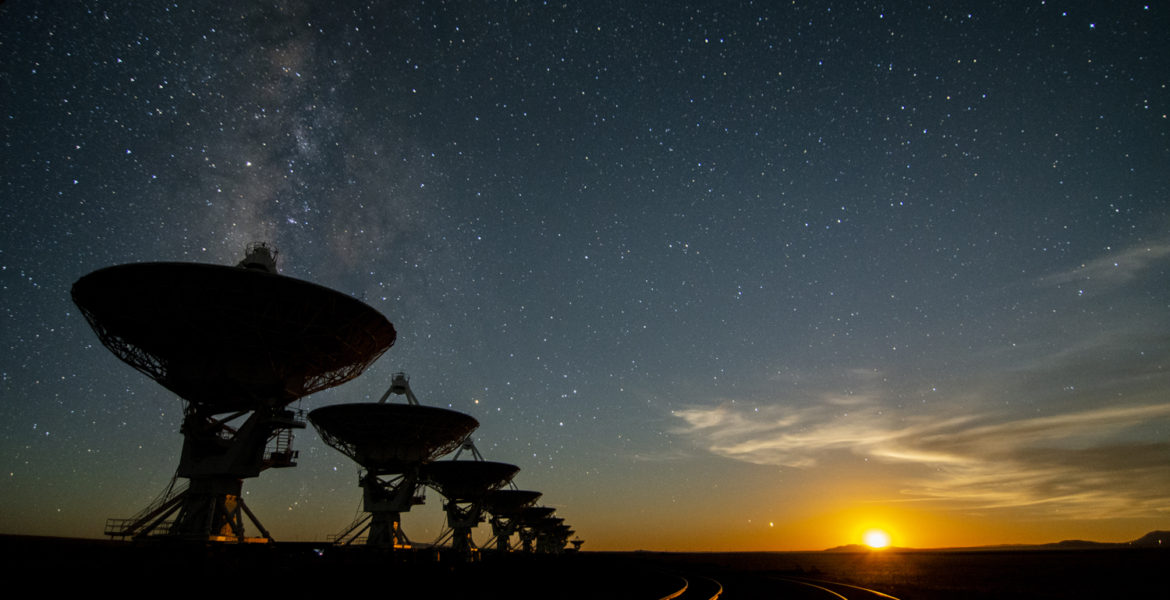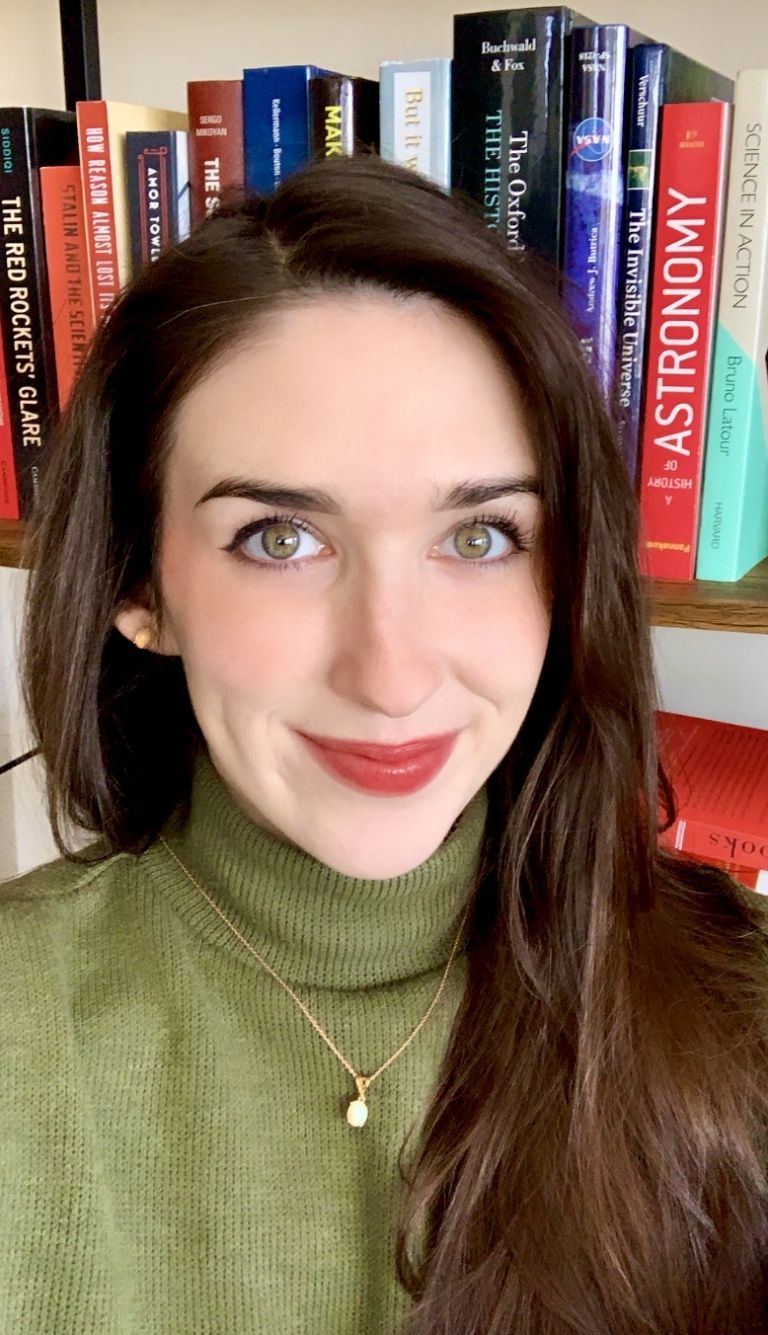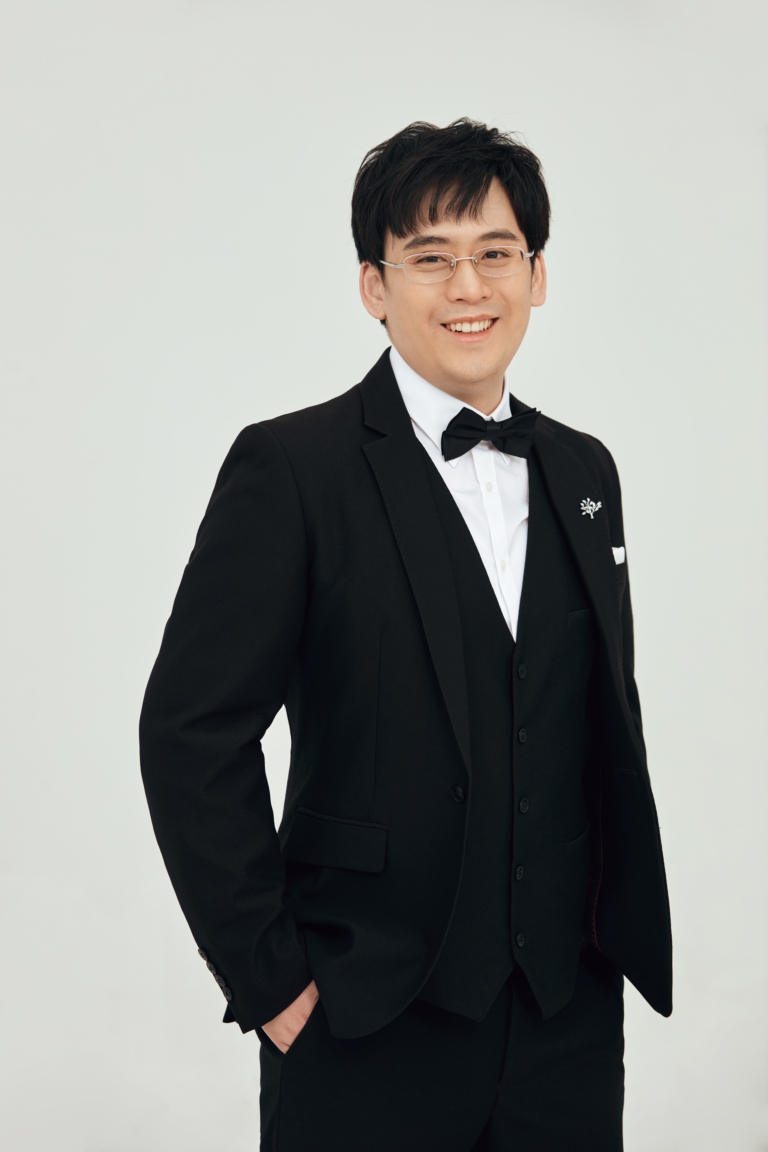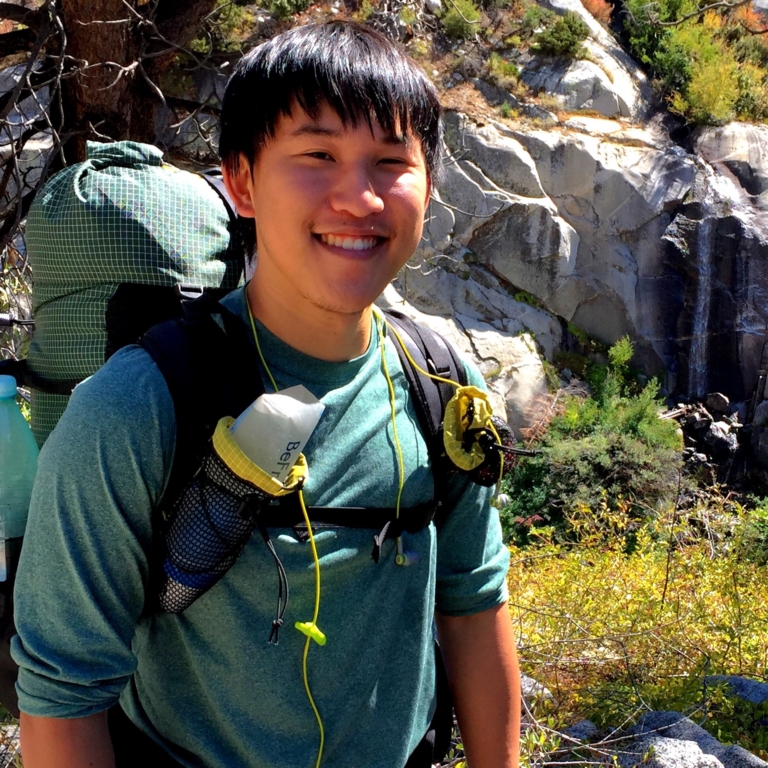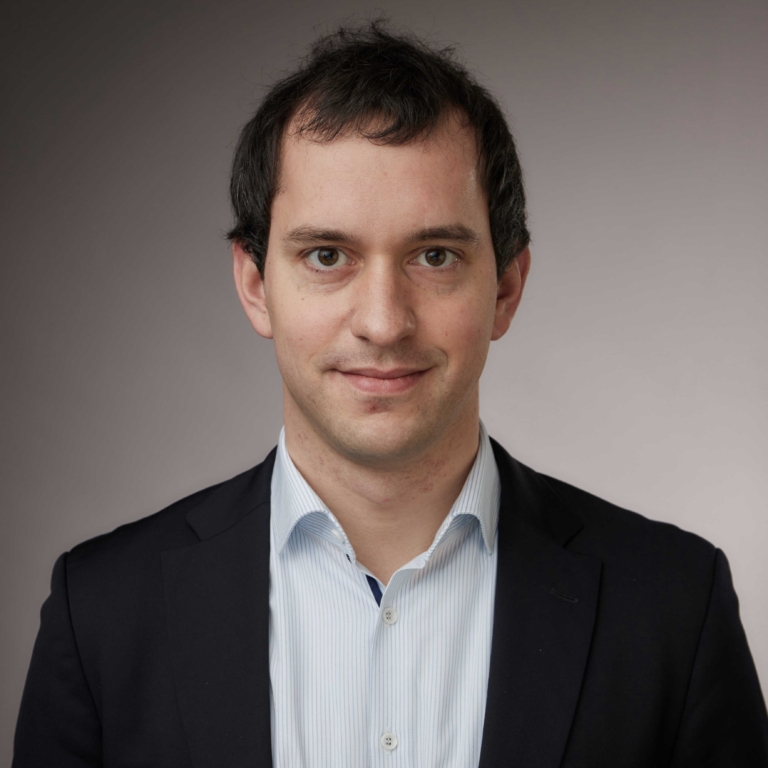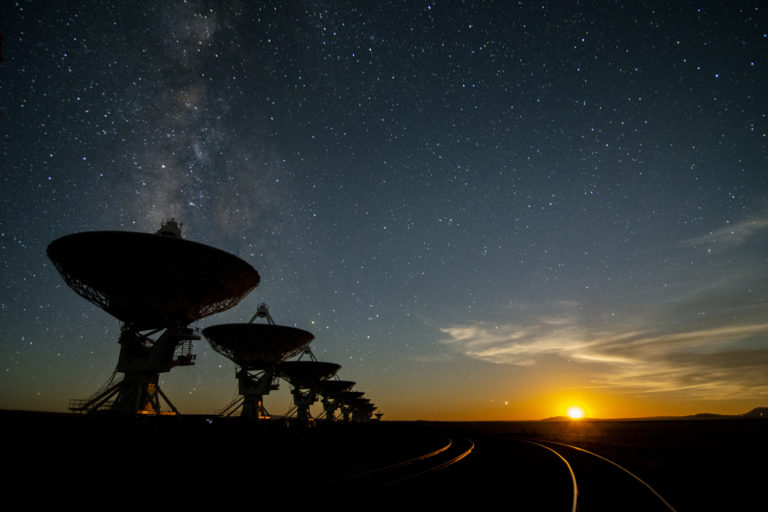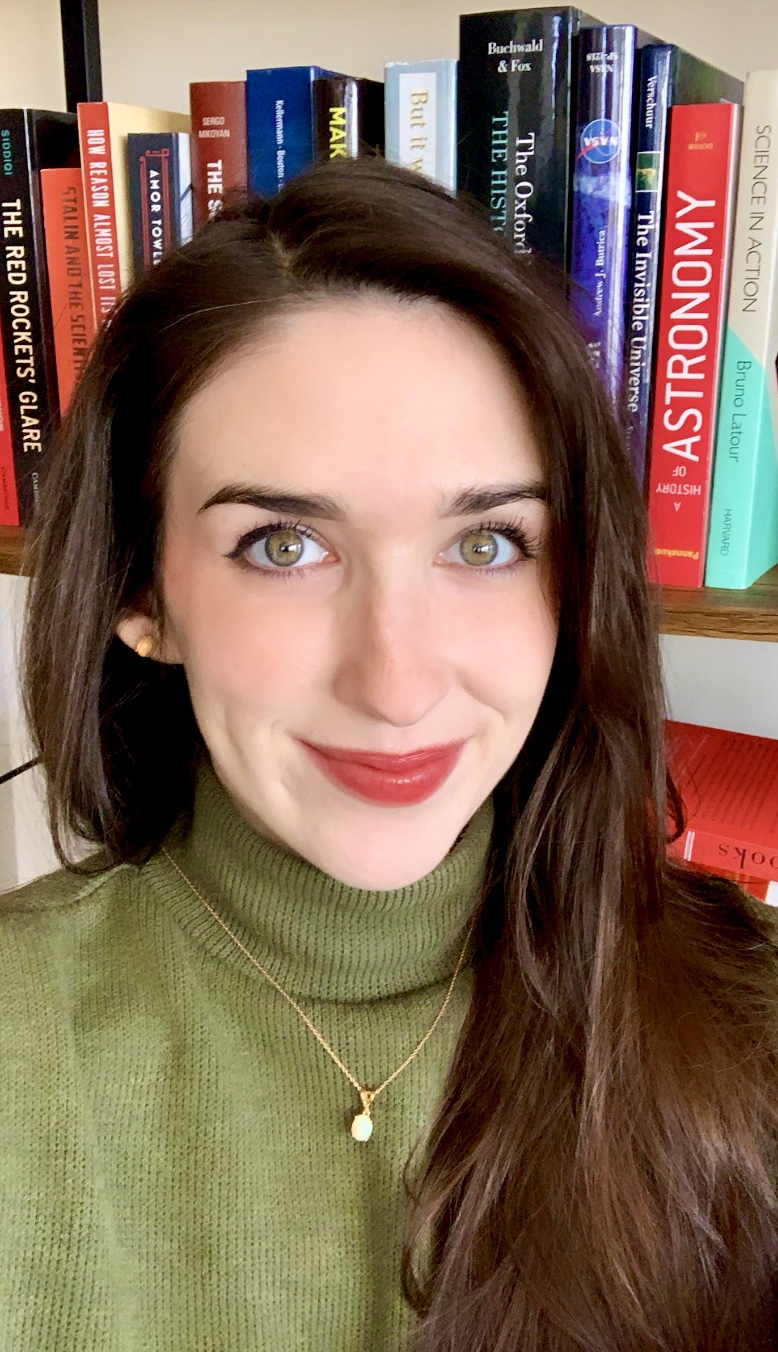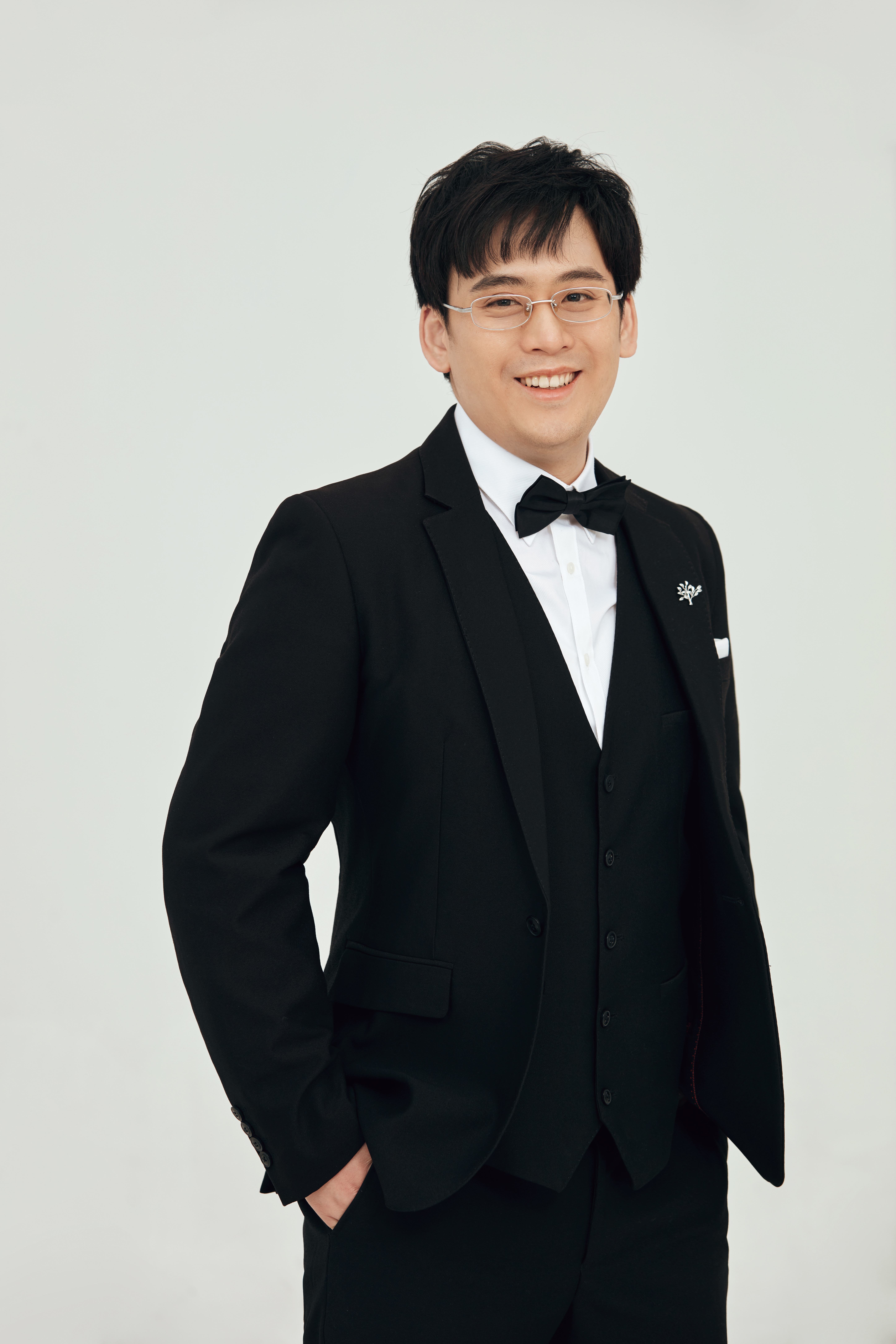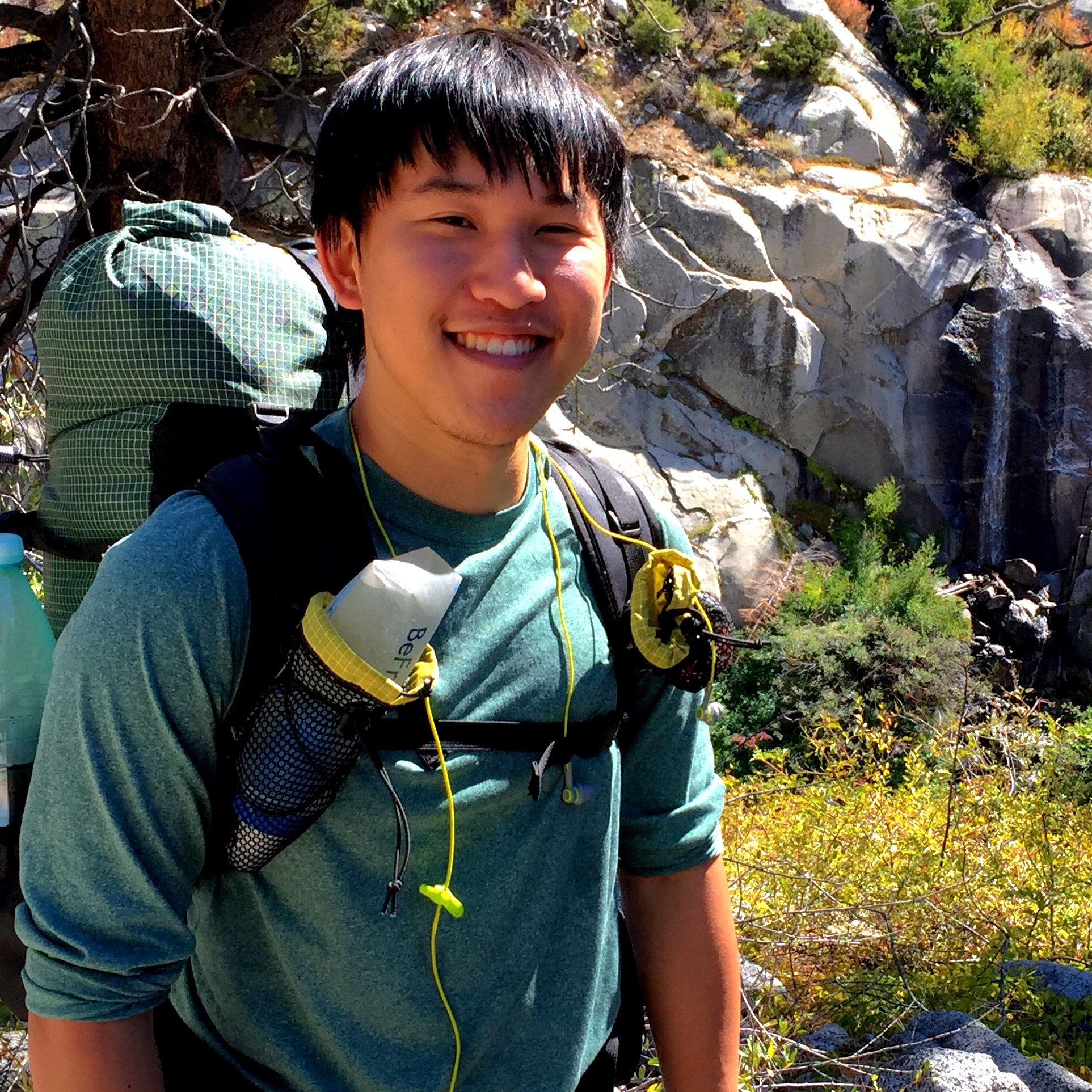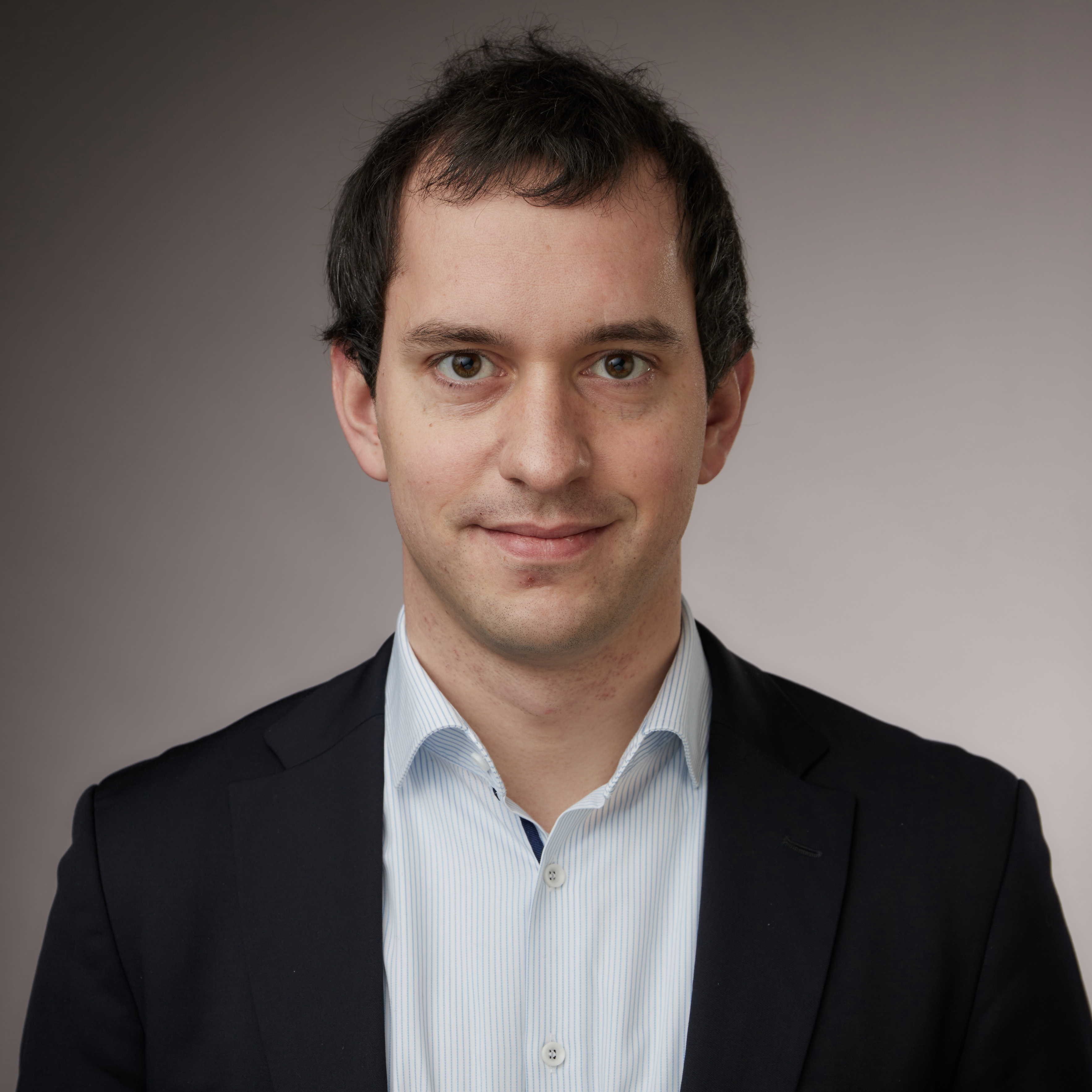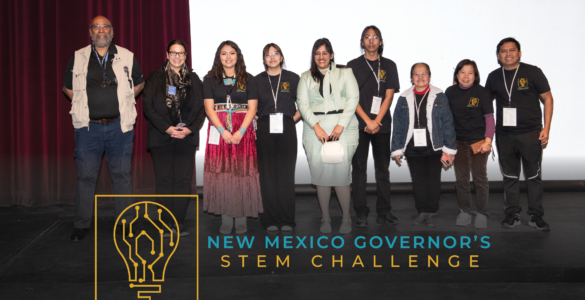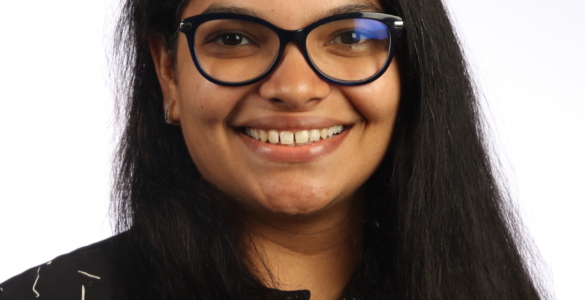The National Radio Astronomy Observatory (NRAO) Jansky Fellowship program provides outstanding opportunities for research in astronomy. Jansky Fellows formulate and carry out investigations either independently or in collaboration with others within the wide framework of interests of the observatory. The program is open each fall to candidates with interest in radio astronomy techniques, instrumentation, computation, and theory. Multi-wavelength projects leading to a synergy with NRAO instruments are encouraged. We are pleased to announce that four new Jansky Fellows will join NRAO in the fall of 2022.
Rebecca Charbonneau earned her Ph.D in History and Philosophy of Science from the University of Cambridge in 2021. Her dissertation focused on the history of radio astronomy and examined the challenges and benefits of international scientific collaboration during the Cold War period. She subsequently worked as the historian-in-residence at the Center for Astrophysics | Harvard & Smithsonian (CfA), during which time she led a project on preserving indigenous astronomical heritage. As a Jansky Fellow, her research program will make use of NRAO’s historical archives and will focus on the history of international cooperation within radio astronomy.
Tao-Chung Ching performed his Ph.D study at the National Tsing-Hua University, Taiwan, and CfA under the supervision of Shih-Ping Lai and Qizhou Zhang. He later became a FAST (Five-hundred-meter Aperture Spherical radio Telescope) fellow at the National Astronomical Observatory of China working with Di Li. His research interests are interstellar magnetic fields and star formation studied through observational astronomy from submillimeter to radio wavelengths. Using FAST, Tao-Chung has obtained the first Zeeman-effect detection of the HI Narrow Self-Absorption (HINSA) future. As a Jansky Fellow at NRAO in Socorro, he will use the VLA to explore HINSA as a systematic Zeeman probe, measuring magnetic field strengths of star-forming regions at high angular resolutions.
Dillon Dong completed his Ph.D in 2022 at Caltech with Gregg Hallinan. Dillon is broadly interested in astronomical objects that evolve over human timescales, and how they interact with their local and large-scale surroundings. He uses a combination of multi-wavelength observations and order-of-magnitude theory to characterize variable and transient sources that he identified in the VLA Sky Survey (VLASS). His current projects involve using supernovae as probes of pre-explosion eruptive mass loss, statistical characterization of black hole and stellar flares, and identifying radio transients with unusual spectral properties. As a Jansky Fellow at NRAO in Socorro, he will continue his study of VLASS transients and variables, with a focus on luminous, extragalactic radio transients. He also will continue his development of flexible tools to automate the detection of transients and variables in future VLA observations.
Michael Rugel investigates the multiphase interstellar medium (ISM) with surveys of the Milky Way at radio wavelengths. His research focuses on the formation of molecular clouds, as well on feedback on them with studies of tracers of atomic, molecular and ionized gas. As a Jansky Fellow at the Center for Astrophysics | Harvard & Smithsonian and at NRAO Socorro, Rugel will expand his research on star formation, and structure and evolution of the ISM with the THOR-GC survey, an extension of The HI, OH, Recombination Line survey of the Milky Way (THOR) to the Galactic center, and the Bar and Spiral Structure Legacy survey (BeSSeL) extension to the southern Milky Way.


